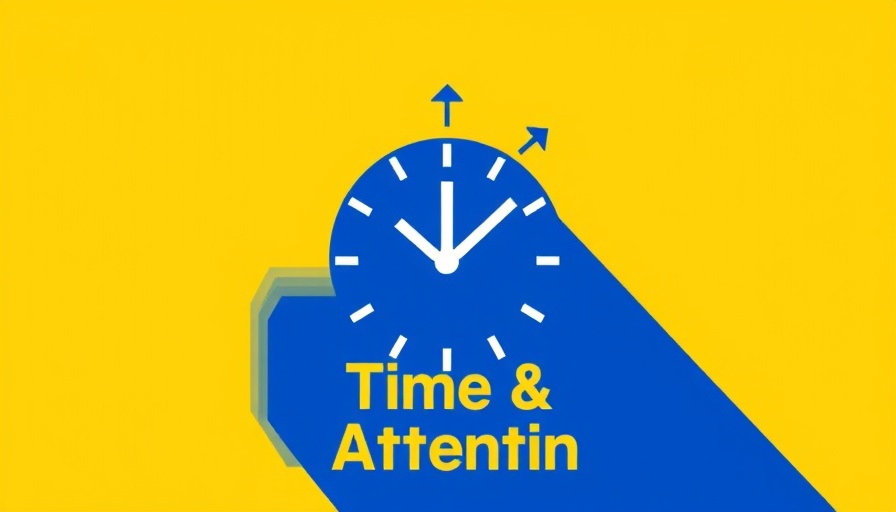
Rethinking Productivity: The Email Dilemma
In a world where email remains the dominant form of communication in many workplaces, it might come as a surprise to hear that Lanolips CEO Kirsten Carriol calls email the least productive productivity tool. Juggling countless emails daily is a common struggle for executives and entrepreneurs. Carriol's fresh perspective challenges the conventional notion that more communication equates to higher productivity.
The Cost of Overcommunication
For many leaders grappling with email overload, the experience can lead to burnout and inefficiency. Studies indicate that individuals can spend upwards of 28% of their workweek on email management alone, often detracting from their capacity to engage in deeper work. Carriol advocates for minimizing decisions intertwined with email dialogues, a practice that can significantly free mental bandwidth and direct focus toward strategic initiatives.
Alternative Communication Strategies
Carriol is not suggesting abandoning email altogether but rather leveraging alternative tools that promote quicker decision-making. Instant messaging platforms like Slack or Microsoft Teams facilitate faster interactions, allowing for real-time discussions without the formalities of email. These tools can improve workflow efficiency while also fostering a more dynamic company culture.
The Role of Time Management
With effective prioritization becoming critical in today’s fast-paced environment, Carriol emphasizes the power of time-blocking strategies. Implementing designated periods for checking emails or shifting to collaborative tools can enhance focus on high-impact tasks. Furthermore, by setting specific times to respond to emails, leaders can control their schedule, minimize distractions, and increase overall productivity.
Human-Centric Approaches to Communication
With mental health concerns on the rise in corporate environments, creating a communication framework that emphasizes clarity and conciseness rather than volume is paramount. Carriol promotes a human-centric approach to communication; leaders should strive to foster relationships based on trust and openness, thereby reducing the reliance on lengthy email exchanges.
The Future of Workplace Communication
As technology continues to evolve, the tools available for workplace communication will also advance, likely including AI-driven applications that summarize or prioritize emails. Such innovations could lead to an era where distractions are minimized, and employees concentrate solely on their pivotal roles.
Take Action: Addressing Your Communication Patterns
It’s time for leaders to evaluate their current communication strategies. Are you overwhelmed by an incessant influx of emails? Consider adopting a more deliberate communication style, exploring alternative channels, and committing to time management methods that can lead to improved focus and productivity. As you redefine your workspace dynamics, remember that the goal is not merely to communicate, but to communicate effectively.
Ultimately, the path to enhanced productivity lies not in more communication, but in more meaningful communication.
 Add Row
Add Row  Add
Add 




Write A Comment